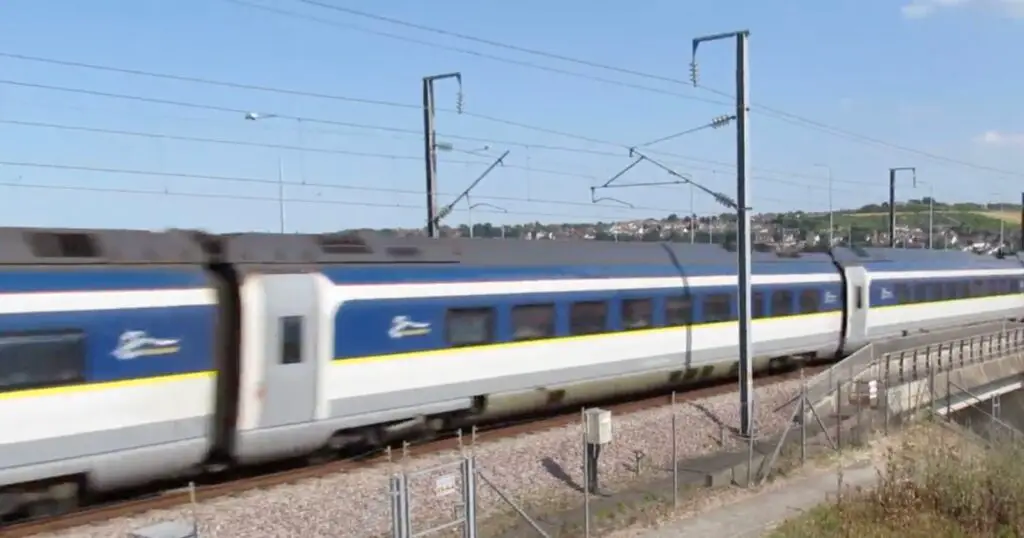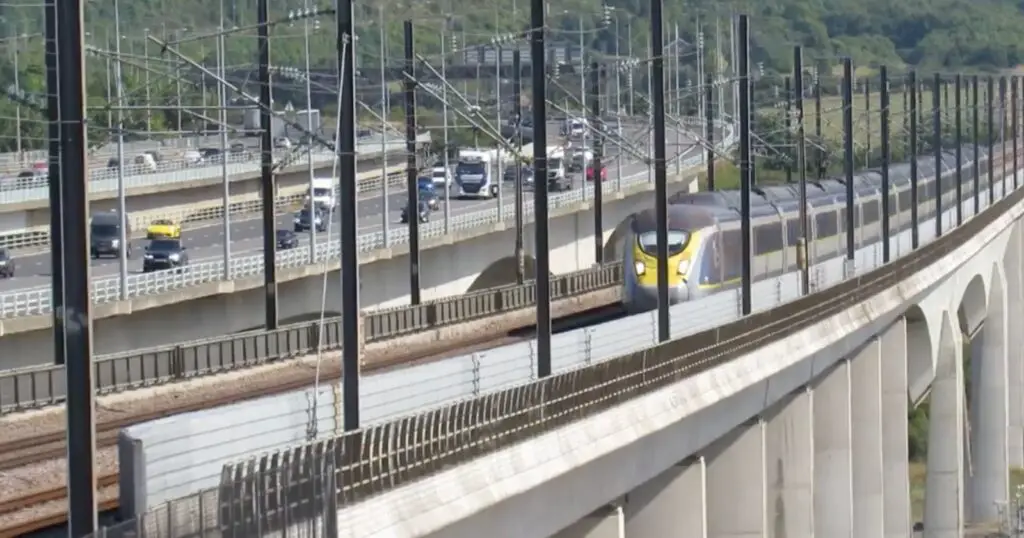Eurostar is a popular mode of transportation for those traveling between the UK and mainland Europe. With its high-speed trains, Eurostar promises a quick and convenient journey. However, when it comes to cost and time, how does it compare to flying? In this article, I will explore whether Eurostar is cheaper than flying and whether it is quicker.
When planning a trip, one of the biggest considerations is the cost. While Eurostar tickets can be expensive, they may be more cost-effective than flying, especially when you factor in the additional costs associated with flying, such as baggage fees and transportation to and from the airport. Additionally, Eurostar offers a variety of ticket options, including standard, standard premier, and business premier, which allows travelers to choose the level of comfort and amenities they desire.
Another important factor to consider is time. Eurostar’s high-speed trains can reach speeds of up to 186mph, making it a fast option for getting from London to Paris or Brussels. However, when you factor in the time it takes to get to and from the train station and go through security, flying may be a quicker option.
Eurostar Vs Flying: A Cost Comparison
When it comes to comparing the cost of Eurostar and flying, there are several factors to consider. Here, I will compare the ticket prices and additional costs of both modes of transportation.
1. Ticket Prices
Eurostar tickets can be cheaper than flying, especially if you book in advance and avoid peak travel times. For example, a one-way Eurostar ticket from London to Paris can cost as little as £39, while a one-way flight can cost upwards of £100. Similarly, a return ticket from London to Amsterdam can cost as little as £68 on Eurostar, while a return flight can cost upwards of £150.
2. Additional Costs
Eurostar allows passengers to bring two pieces of luggage for free, with a maximum weight of 85kg. In contrast, many airlines charge extra for checked baggage, with fees ranging from £20 to £60 per bag.
Additionally, Eurostar trains typically depart from city center train stations, making it easier to get to and from your destination without the need for expensive airport transfers. On the other hand, flying often requires additional travel to and from the airport, which can add to the overall cost of your trip.
Overall, while Eurostar can be cheaper than flying, it’s important to consider all of the additional costs and factors when making your decision.

Eurostar Vs Flying: A Time Comparison
When it comes to comparing Eurostar and flying, time is a crucial factor to consider. In this section, I will compare the travel duration, check-in time, and city centre to city centre time for both Eurostar and flying.
1. Travel Duration
Eurostar is the fastest way to travel between London and Paris or Brussels. The travel duration is around 2 hours and 15 minutes from London to Paris and 1 hour and 50 minutes from London to Brussels. On the other hand, flying takes around 1 hour and 15 minutes from London to Paris and 1 hour and 10 minutes from London to Brussels. However, when you factor in the time it takes to get to the airport, go through security, and wait at the gate, flying can take significantly longer.
2. Check-In Time
Eurostar check-in time is much shorter than flying. You only need to arrive at the station 30 minutes before departure, and you can check-in online or at a self-service kiosk. On the other hand, for flying, you need to arrive at the airport at least 2 hours before departure, and there can be long queues for check-in and security.
3. City Centre to City Centre
One of the biggest advantages of Eurostar over flying is that it takes you from city centre to city centre. The Eurostar stations are located in the heart of Paris, Brussels, and London, making it easy to access the city’s attractions and business districts. On the other hand, airports are usually located outside the city, and you need to spend extra time and money to get to the city centre.
In conclusion, Eurostar is a faster and more convenient option for travel between London, Paris, and Brussels. With shorter travel duration, quick check-in, and city centre to city centre travel, Eurostar is a great choice for both leisure and business travellers.
Comfort and Convenience
When it comes to traveling, comfort and convenience are essential factors to consider. Eurostar and flying both have their pros and cons in terms of these factors. Here’s what I found:
1. Seating Comfort
Eurostar’s seating comfort is undoubtedly superior to that of an airplane. The seats are spacious, and there’s enough legroom to stretch out. Moreover, there are power outlets, so you can charge your devices during the journey. On the other hand, airplane seats are cramped, and there’s barely any legroom, especially if you’re traveling in economy class.
2. Luggage Allowance
Eurostar offers a generous luggage allowance of two bags per person, each weighing up to 85cm in length. You can also take a small piece of hand luggage with you. In contrast, airlines have become increasingly strict with their luggage allowances, and you may have to pay extra fees for additional bags or overweight luggage.
3. On-Board Amenities
Eurostar’s on-board amenities include free Wi-Fi, a bar-buffet, and a wide selection of magazines and newspapers. You can also purchase snacks and drinks during the journey. Airlines also offer similar amenities, but you may have to pay extra for Wi-Fi and refreshments.
Overall, Eurostar provides a more comfortable and convenient travel experience compared to flying. However, it’s important to note that Eurostar only operates between certain destinations, and it may not always be the most cost-effective option.

Environmental Impact
According to Eurostar’s website, their trains emit up to 90% less carbon dioxide per passenger than flying. This is because trains are powered by electricity, which produces fewer greenhouse gas emissions compared to the burning of fossil fuels in airplanes.
In addition, Eurostar has made a commitment to reduce their carbon footprint by 50% by 2025. They are investing in energy-efficient trains and have already switched to 100% renewable electricity to power their trains.
On the other hand, flying has a much larger carbon footprint due to the high amount of fuel consumption and the resulting emissions. According to the International Air Transport Association (IATA), the aviation industry is responsible for around 2% of global carbon emissions.
Conclusion
In conclusion, after conducting thorough research and analysis, I can say that Eurostar is a great option for those who want to travel quickly and comfortably between major European cities.
While it may not always be cheaper than flying, Eurostar offers many advantages over air travel, including avoiding the hassle of airport security, shorter check-in times, and the ability to arrive in the heart of the city.
Overall, I highly recommend considering Eurostar for your next trip to Europe.

My name is Jeyn Dashner and I am the founder of WanderFever. I have worked as a travel journalist for many years, and exploring new places is my greatest pleasure in life.

